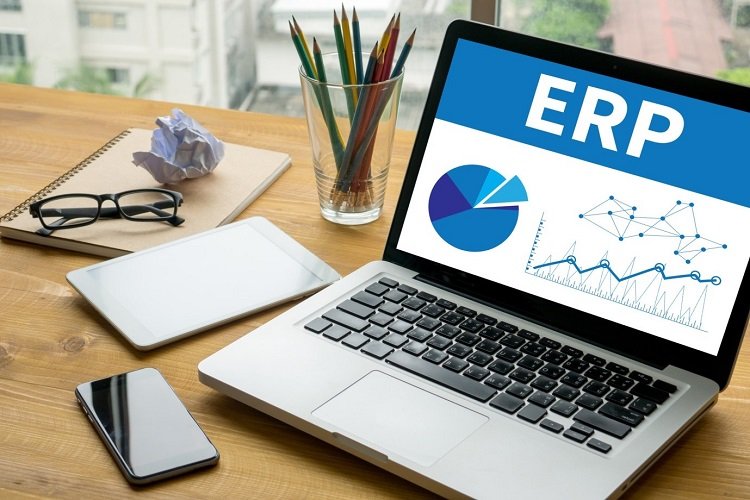North American businesses spend 350 hours a year cleaning up issues from collaboration and communication silos. That amounts to almost 9 weeks each year!
It doesn’t pay to work in silos, and companies struggle to find solutions to connect teams and vendors across the supply chain.
That’s the main advantage of enterprise resource planning (ERP). Think of it as the hammer that breaks down silos in your company.
Do you want to know more about ERP? Read on to discover what it is and how it works.
What Is Enterprise Resource Planning?
The main reason why your teams work in silos isn’t that they don’t like each other. It’s because they use different systems to do their jobs.
Your finance team relies on bookkeeping and payroll solutions, the sales team uses a CRM, marketing uses advanced analytics, and drives for marketing assets.
What would happen if these systems worked together? Your management team would have a celebration. Your employees could focus on the important tasks, instead of restarting projects.
Not only that, but you’d be able to serve your customers at a high level.
That’s what ERP does for your business. ERP is a system that connects all of your other systems and centralizes data. The marketing team can see how the sales team is doing. The accounting team can budget for the next big marketing campaign.
The customer service team can access everything they need to work with customers on the spot. Your customers are happier.
ERP also allows for more automation, which makes your teams even more productive.
Implementing ERP
ERP has the potential to solve a ton of problems in your business. The thing to remember about ERP is that it’s a tool. It’s only as good as the implementation and usage.
When you’re implementing ERP in your business, you have to get buy-in from the executive team and employees. You then need to find the right ERP system to meet your needs.
You have to discover which systems need to get integrated into ERP software. Then assess which platforms provide the integrations you need.
Some of the popular ERP software suites are Epicor (now Kinetic), SAP, and NetSuite. If you’ve been using Epicor, it is a great time to upgrade to Kinetic. See here to learn more about that.
One common mistake that businesses make is that they assume the software takes care of everything. Businesses have to rethink how they approach data. They have to take a look at their systems and make adjustments to maximize the power of ERP.
Enterprise Resource Planning Works
It’s time to break down silos in your business. Instead of hosting gatherings with awkward icebreakers, give your teams the tools to work together.
Enterprise resource planning is the tool to use to keep all of your assets and information in one place. It’s easy for various teams to check on projects and make adjustments. ERP is a tool, and you need to make sure that your systems support its capabilities.
Be sure to visit the blog for more helpful business tips today!
Related posts
Subscribe Now
* You will receive the latest news and updates on your favorite celebrities!
Meet the Author

Gillion is a multi-concept WordPress theme that lets you create blog, magazine, news, review websites. With clean and functional design and lots of useful features theme will deliver amazing user experience to your clients and readers.
Learn moreHOT TOPICS
Categories
- Animals (6)
- Business (576)
- Cooking (3)
- Design (17)
- Education (59)
- Entertainment (62)
- FASHION (89)
- Fashion (38)
- Featured (19)
- FOOD (42)
- Guide (55)
- Health (290)
- HOME (181)
- Interior (14)
- Life (8)
- Lifestyle (111)
- Motivation (6)
- News (47)
- People (4)
- Photography (5)
- Review (4)
- Style (4)
- TECH (176)
- Travel (107)
- Uncategorized (1,171)



Stay connected